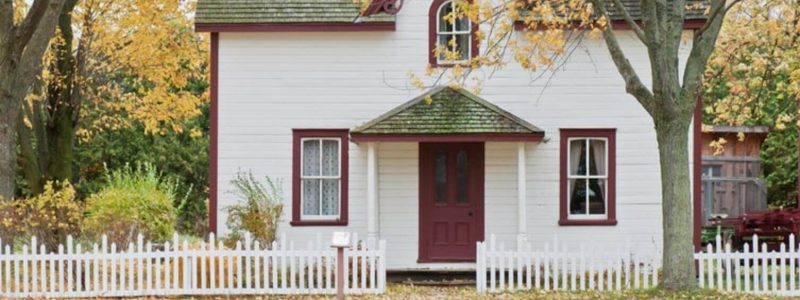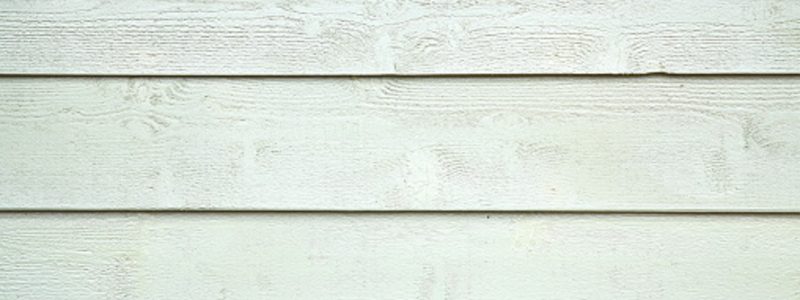Your home is your most valuable asset. It’s where you live, work, and play. It’s a place of comfort, safety, and security for your family. But it can also be a dangerous liability if not properly maintained. One way to ensure that your home withstands the elements while looking good on the outside is by […]



